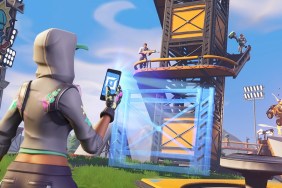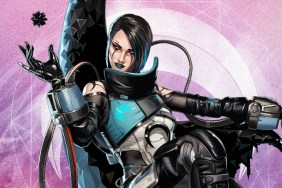When it comes to making reboots of games, movies or TV shows, the creators often have to come up with ways to justify its existence. Especially when coming after an established and loved predecessor. But before I continue, let’s discuss the elephant in the room. In the case of Prey 2, development hit an impasse, and the publisher Bethesda Game Studios felt it was best…

Atlas is an action-rpg with rogue-like elements where you use your ability to control the ground to fight the enemies and move through procedurally generated worlds.










